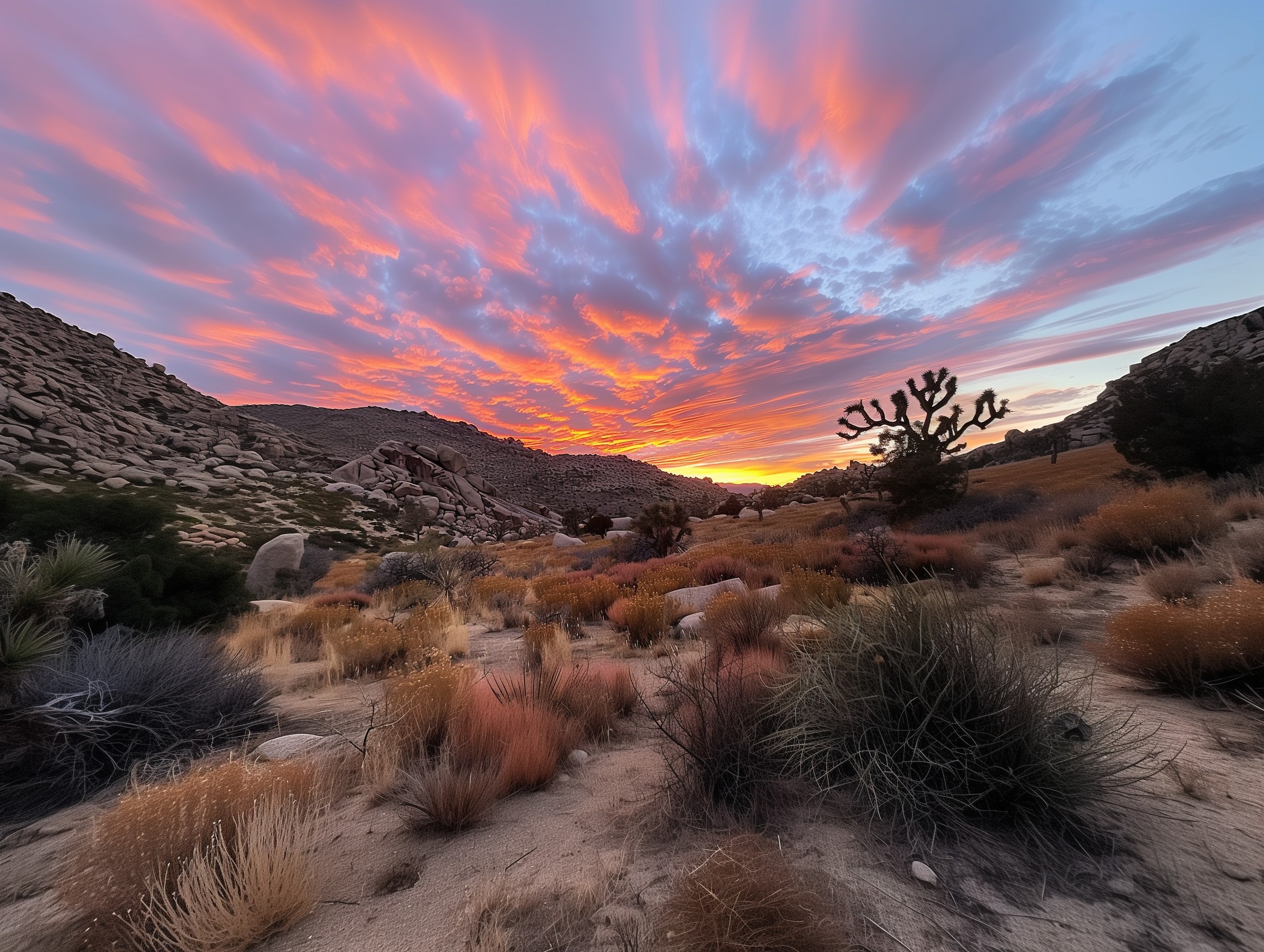
History of Joshua Tree National Park
Early Settlements
The history of Joshua Tree National Park dates back to the early settlements in the area. Native American tribes such as the Cahuilla people inhabited this region for thousands of years, leaving behind evidence of their presence through rock art and artifacts. These indigenous communities relied on the park's resources for sustenance and spiritual practices. The arrival of European settlers in the mid-19th century brought changes to the landscape, as mining activities and ranching began to shape the area. Despite these transformations, Joshua Tree National Park still carries traces of its ancient inhabitants.
Designation as a National Park
Joshua Tree National Park was officially designated as a national park in 1994, preserving its unique desert ecosystem and stunning geological formations for future generations to enjoy. The process leading up to this designation involved advocacy from environmentalists, local communities, and conservation organizations who recognized the importance of protecting this natural treasure. Through their efforts, Joshua Tree gained recognition as a national monument in 1936 before eventually becoming a national park nearly six decades later. Today, it stands as an iconic destination that attracts millions of visitors each year.
Cultural Significance
Beyond its natural beauty, Joshua Tree National Park holds significant cultural significance for various communities. For Native American tribes like the Cahuilla people mentioned earlier, it remains an important part of their heritage and ancestral lands. Additionally, artists have long been drawn to Joshua Tree's captivating landscapes that have inspired countless works across different mediums including visual arts, music, literature, and film. The park has served as a muse for renowned painters like Carl Eytel and photographers such as Ansel Adams who captured its rugged allure through their lenses. Its cultural influence extends beyond artistic realms too; spiritual seekers are drawn to Joshua Tree's serene environment for meditation and self-reflection. The park's cultural significance is a testament to its enduring appeal and the profound connection it fosters between people and nature.
Geography and Climate
Unique Landscapes
Joshua Tree National Park is known for its unique landscapes that captivate visitors from around the world. The park is home to the iconic Joshua trees, which are a symbol of the Mojave Desert. These twisted and spiky trees create a surreal and otherworldly atmosphere, especially during sunrise and sunset when their silhouettes stand out against the colorful sky. In addition to the Joshua trees, the park boasts stunning rock formations, vast open plains, and rugged mountains. Exploring these landscapes offers a sense of adventure and tranquility.
Climate Patterns
The climate patterns in Joshua Tree National Park play a significant role in shaping its ecosystem. Located at the meeting point of two major desert ecosystems - the Mojave Desert and Colorado Desert - the park experiences hot summers with temperatures often exceeding 100 degrees Fahrenheit (37 degrees Celsius). Winters are relatively mild but can still be chilly, with nighttime temperatures dropping below freezing. The lack of rainfall throughout most of the year creates arid conditions that support drought-tolerant plants such as yuccas, cacti, and wildflowers adapted to survive in this harsh environment.
Geological Features
The geological features found within Joshua Tree National Park tell an intriguing story of millions of years' worth of natural processes. One notable feature is Keys View, where visitors can witness panoramic views stretching across Coachella Valley all the way to Mexico on clear days. Other geological wonders include massive boulder piles like Jumbo Rocks and Skull Rock formed through erosion over time. Hidden Valley showcases ancient granite formations while Barker Dam provides insight into human history with petroglyphs etched into rocks by Native Americans thousands of years ago.
Flora and Fauna
Joshua Trees and Vegetation
The Joshua Tree National Park is home to a unique and diverse range of vegetation. One of the most iconic features of the park is its namesake, the Joshua tree. These twisted and spiky trees are native to the Mojave Desert and can be found scattered throughout the park's landscape. In addition to Joshua trees, visitors will also encounter a variety of other plant species such as desert shrubs, cacti, and wildflowers. The harsh desert environment has shaped these plants into hardy survivors that have adapted to survive in extreme temperatures and limited water availability.
Wildlife Habitats
The vast expanse of Joshua Tree National Park provides a rich habitat for wildlife. From mammals to reptiles, birds to insects, there is an abundance of animal life within the park boundaries. Visitors may spot animals such as coyotes, bobcats, bighorn sheep, black-tailed jackrabbits, rattlesnakes, lizards, and various bird species during their visit. The diverse ecosystem created by different habitats within the park offers ample opportunities for wildlife observation and photography.
Endangered Species
Joshua Tree National Park serves as an important sanctuary for several endangered species. One notable example is the desert tortoise (Gopherus agassizii), which calls this arid landscape its home. Due to habitat loss and fragmentation caused by human activities such as urban development and off-road vehicle use outside protected areas like national parks or reserves; it has been listed as threatened under federal law since 1990s with some populations being considered critically endangered due primarily because they rely on specific types or combinations thereof resources uncommon elsewhere diurnal hibernator spending much time underground burrowed away from elements predators protection against extreme temperatures.